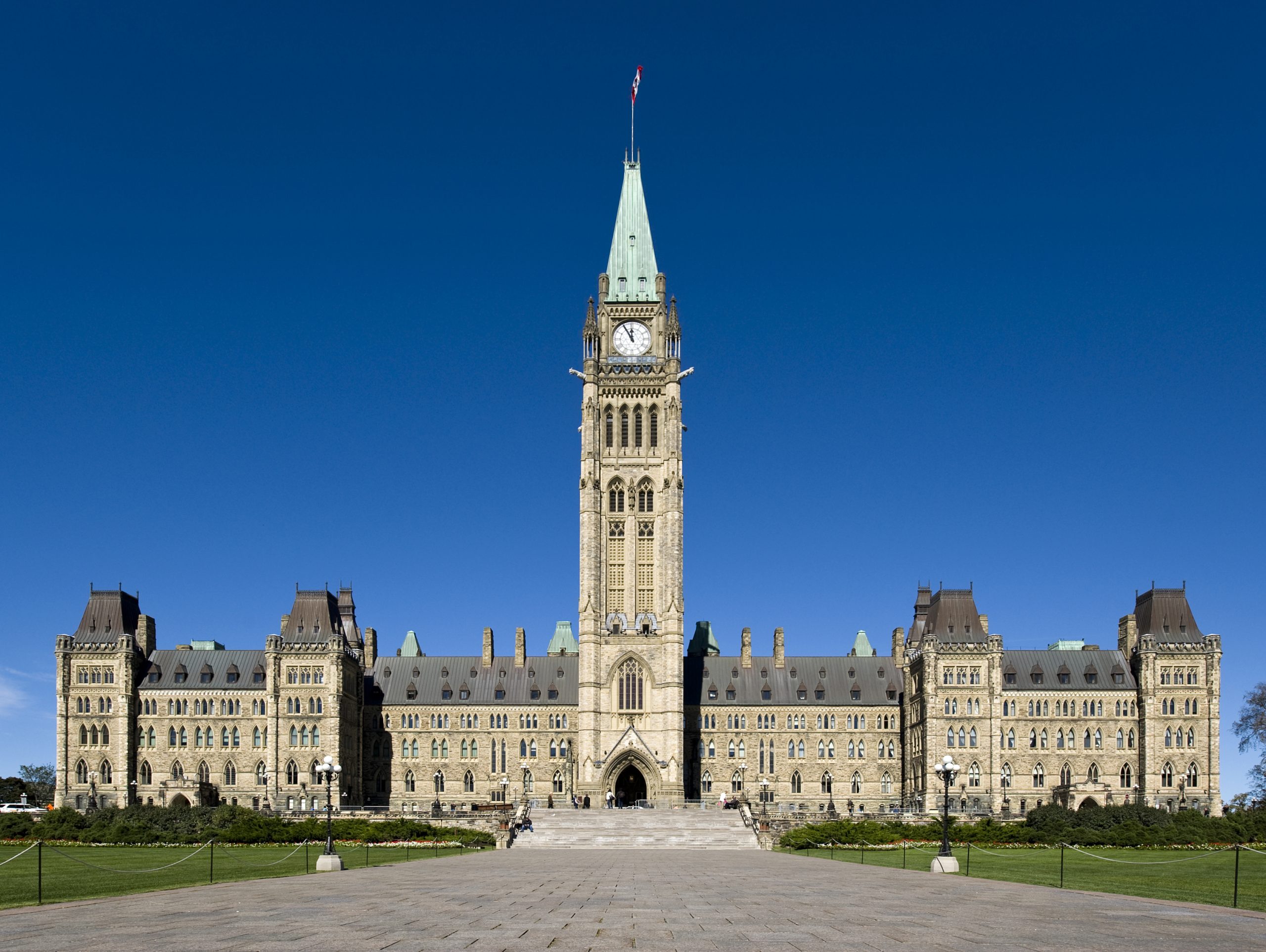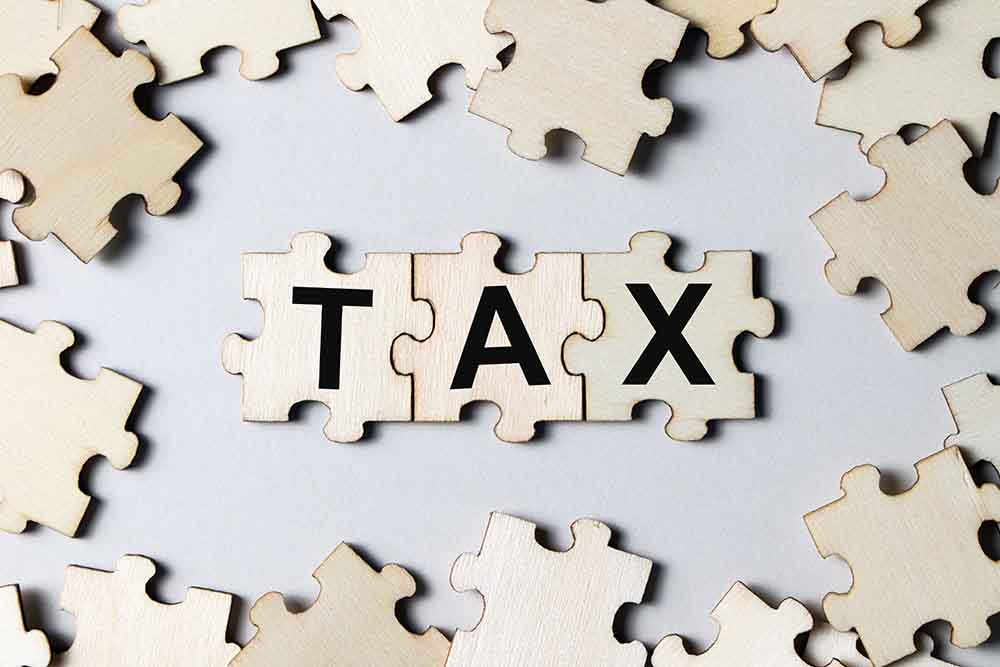When Prime Minister Stephen Harper discusses (among other things) the risk of continental recession with the provincial premiers Friday, he might want to mention in passing the economic decline and fall of some of the U.S. states on which Ontario, Quebec and the Maritimes have depended for most of their exports. All rust belt renaissance aside, the economies of the American Northeast and Midwest are winding down – in relative terms at least – and emptying out.
In a fascinating new book, Rich States, Poor States, U.S. supply-side economists Arthur Laffer and Stephen Moore document a remarkable hypothesis – that high tax rates redistribute people, not incomes.
They support this thesis by analyzing the migration of Americans from high-tax states to low-tax states. As it happens, Canada’s most important cross-border trading partners (except for New Hampshire) are high-tax states.
New York State (with a maximum personal income tax rate of 10.5 per cent) lost more than 1.9 million people in the 10-year period from 1997 through 2006.
California (with a maximum personal income tax rate of 10.3 per cent) lost more than 1.3 million people. In contrast, Florida (personal income tax rate: zero) gained more than 1.6 million. Texas (personal income tax rate: zero) gained 769,000. Tennessee (personal income tax rate: zero) gained 258,000.
“Americans are leaving California and the New England states in record numbers,” report Messrs. Laffer and Moore. “It is not a random occurrence that people are moving from Connecticut to Florida or from California to Nevada.”
They are driven by the law of supply and demand. The high-growth states supply jobs, high incomes and opportunities.
“The geographic centre of gravity of the economic and political power in America is shifting right before our very eyes – and more dramatically than perhaps at any time in a century. Americans are uprooting themselves and moving to places where there is economic vitality, opportunity and a high quality of life. They are going, in short, to where the action is.”
In the past 25 years, they say, “tens of millions of Americans have voted with their feet against anti-growth policies that reduce economic freedom and opportunity, mostly in states located in the Northeast and in the Midwest.”
Using data compiled by the major moving companies, they say that more than 1,000 U.S. families pack up their suitcases “every single day” and move from high-tax, low-growth states to low-tax, high-growth states.
Messrs. Laffer and Moore pay particular attention to top marginal tax rates because, they say, states with high marginal rates lose “their most wealthy and most productive citizens.” The economic consequences for the low-growth states – New York, Michigan, Pennsylvania, Illinois, New Jersey and California – are devastating. “Symptoms of the economic despair in these declining states include lost population, falling house values, shrinking tax bases, capital flight, business out-migration, high unemployment rates and less money for schools, roads and aging infrastructure.”
The two authors themselves reflect the migration that they document. Arthur Laffer, inventor of the Laffer Curve and one of Time magazine’s “greatest minds of the 20th Century,” moved his research and investment company (Laffer Associates) from San Diego to Nashville in 2006.
Stephen Moore, formerly senior economist with the Congressional Joint Economic Committee and now an editorial board member of The Wall Street Journal, moved his family “across the Potomac River” from Maryland to Virginia – a simple move, he says, that typically saves an average-income family more than $2,500 (U.S.) a year in taxes.
One of the intriguing consequences of U.S. domestic migration is a steady erosion of the political influence of high-tax states. In the 1950s, the northeastern states had 141 seats in the House of Representatives; now they have 111. Projecting the trend from 1970 through 2030, the New England states will have lost seven House seats even as the rest of the country will have added 36.
Massachusetts alone will have lost four – one-third of its 1970 contingent. New York and Pennsylvania will have lost 40 per cent of the political power they held in 1970. “The political clout of the Northeast hit its high-water mark years ago,” Messrs. Laffer and Moore say. “With every year it recedes.”
New Brunswick, incidentally, has Canada’s top provincial income tax rate: 17.95 per cent, almost twice the top rates in New York and California. The New Brunswick rate kicks in at $111,000 (Canadian) of taxable income; Manitoba’s top rate of 17.45 per cent kicks in at $65,000. Alberta has the country’s lowest top rate (with a flat-tax levy of 10 per cent). Mr. Harper should inform the provinces that they have tax rates that need to come down, that they should be cutting tax rates, too – if only as recession insurance.


